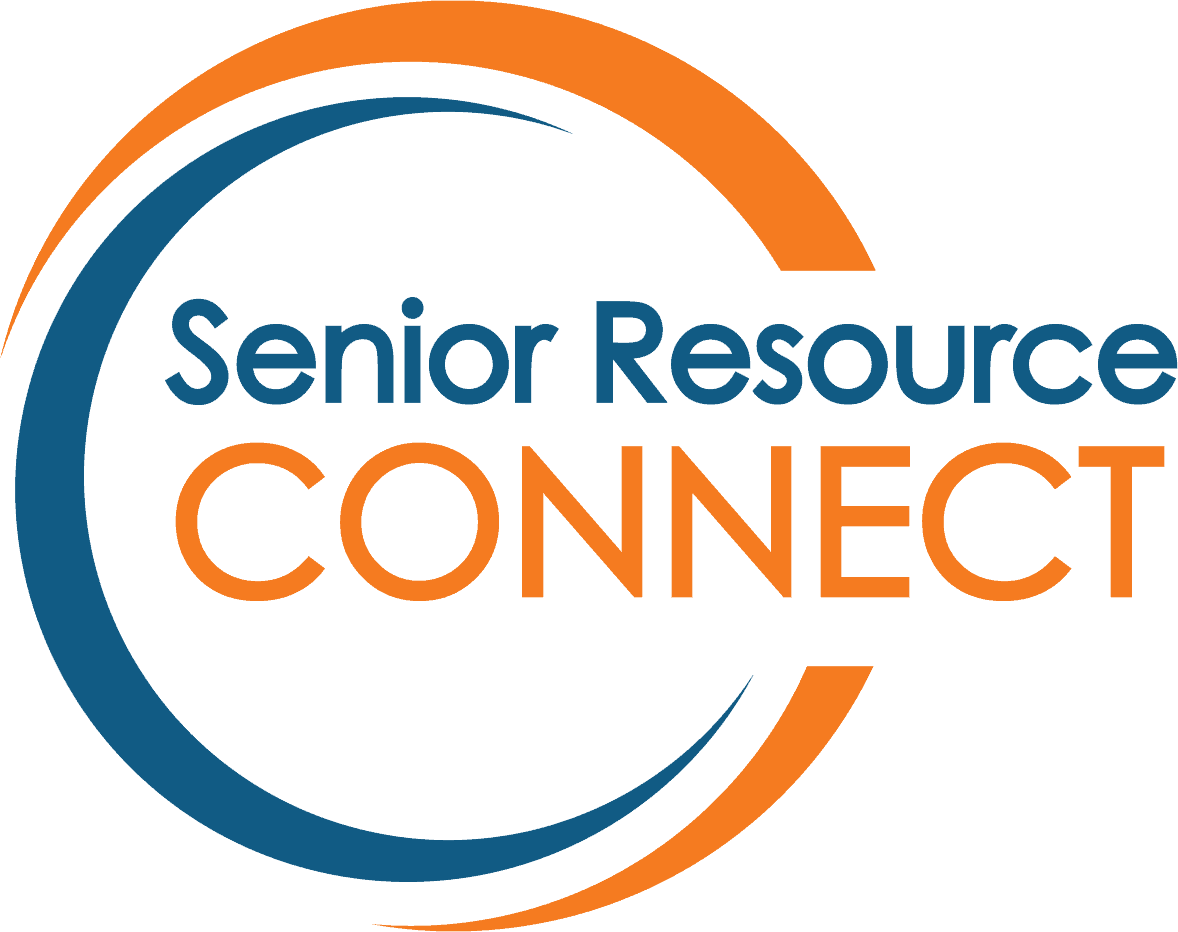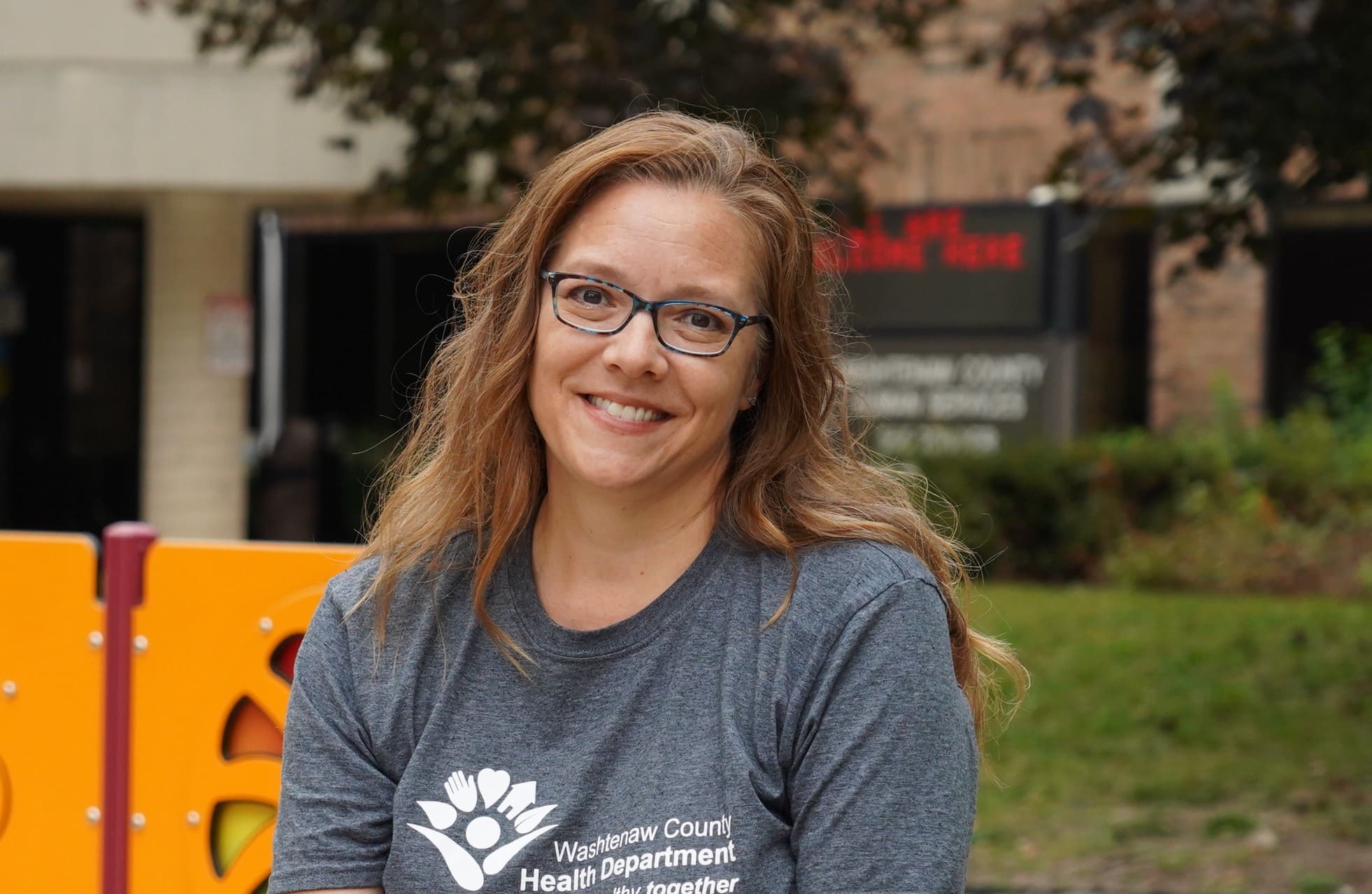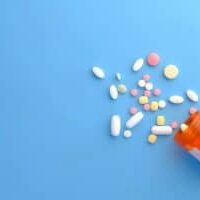We all know a little more about our local health department than we have in the past due to COVID 19. The Washtenaw County Health Department works hard, whether there’s a pandemic or not, to make sure that our community is as healthy and has access to as many resources as possible. We recently sat down with Susan Ringler-Cerniglia, Communications and Health Promotion Administrator for the Washtenaw County Health Department to discuss what the health department does, how to get connected, and how to stay on top of COVID information.
Ahead of the Curve: If you had to give an “elevator speech” about what your organization does, how would you describe it?
Susan Ringler-Cerniglia: I often explain public health by relating it to medical care. Instead of individual medical care, public health is like a doctor for the community. This is why public health is sometimes referred to as population health. Work to ensure clean water and safe food are good examples. Preventing and controlling disease outbreaks and assuring people have the resources and opportunities to live as healthy as possible. Think, for example, of having access to places to exercise, healthy food, shelter and, of course, medical care, if or when needed.
Within the broad purpose of caring for our community as a whole, there’s hopefully an obvious need to focus on communities or individuals where we see gaps or unjust disparities in health. For infectious diseases, you can think of who is most impacted or most likely to become severely ill. As a health department, we use data to guide where and how to focus our work, but you can imagine that communities or individuals with fewer resources may need more support or added resources to achieve wellness. In other words, if you are lower income, struggling with substandard housing, racism, or violence, it’s more difficult do or have the things that support health. These circumstances are also known as the social determinates of health – those things other than medical care – that greatly impact our collective health. Public health as a practice works to understand them and create broad, health-supportive change for everyone.
AOTC: Walk me through the step-by-step process. What happens when you get a phone call/referral?
SR-C: While it may depend a bit on what program or service is needed, we’re generally always working to connect people to the information or service needed. If it is not something the health department can provide, we also work to connect people to other resources where possible. Our clinical services, like immunizations, sexual health services. WIC (Women, Infants, Children Supplement Nutrition), Maternal Infant Health Program or dental visits are usually scheduled by phone and delivered in-person by appointment. For many other health department services and data questions, we work to provide information through multiple formats as well as consultation by phone or email and messenger. Animal bites and rabies risk, for instance, is where we consult over the phone and help determine if there is a need for animal testing or rabies vaccination after an animal bite or encounter. Our environmental health work is different, as it is more regulatory. Our staff is regularly out doing inspections where licensing is required or when there are complaints. Examples include restaurants, food service venues, and body art (tattoo, piercings) studios.
We are also routinely out in community settings to answer questions, deliver response resources or provide specific programs. The COVID response is a good example of an outbreak response; we have worked closely with partners across the county to make testing, vaccination, information and resources like masks and home test kit as available as possible. We also have a relatively new clinical vehicle, which will help us deliver clinical services in more remote areas or areas where it is more difficult for community members to reach our buildings.
AOTC: What organizations do you work closely with?
SR-C: Most everything we do at the health department is collaborative in some way! Disease surveillance or outbreaks require working with health care providers or other entities like schools, nonprofits, businesses or groups. Health care providers are critical for providing testing or identifying and reporting serious illnesses. Similarly, when infectious disease outbreaks occur in community settings, our staff works with those involved to identify the illness, treat individuals, and prevent additional spread. At times, this may also require sharing public information about exposures or risk of infection – if the disease poses any broader risk to the community or is of interest because of outbreaks in other areas.
Generally, we also work to monitor the health of our community broadly and provide information on preventing illness or injury. Licensing or disease outbreaks are typically done in coordination with state or federal officials.
Overall, we cannot do any of our work effectively without engaging with our community – including organizations as well as community members and leaders. This means actively working to make information available, such as through our website and social media as well as with community partners, events and service delivery or outreach. We have worked very intentionally to build relationships in communities where data demonstrates health disparities are more prevalent, and we can work collectively to improve health equity.
AOTC: What are some things you wish the public knew about your role?
SR-C: This is a loaded question, especially as we continue to respond to the largest public health crisis of our lives. While I always want to help people better understand how our health department serves our entire community, the pandemic has really highlighted how little is understood about public health and public service. As a profession, we are systematically underfunded and simply do not have the staff or resources to do the work necessary to promote and protect the public’s health adequately. Available funding is typically allowed for only specific programs or awarded after an outbreak occurs. Restricted, inadequate funding does not provide the necessary flexibility or allow proactive responses to health issues or crises, especially if the goal is actually preventing additional harm.
In other words, I hope our community understands the critical importance of public health – not just when a disease causes widespread harm like COVID has but for maintaining and supporting health resources in our everyday lives and for everyone. Now and during this pandemic, we should all have a better understanding of what public health does and why a more robust, sustainable infrastructure is critical. If we don’t understand this now – I’m afraid we never will.
Disinvestment in public has been happening for decades, it could have been avoided, and it most definitely can be improved moving forward.
AOTC: What tips do you have for someone with a loved one that needs assistance?
SR-C: Much of what public health does is unseen. This has been somewhat different during the pandemic, where people have widely seen some parts of what happens during case investigation and contact tracing. Health departments have always been there for individuals and families impacted by serious infectious diseases – and done the absolute best we can with the resources we have available. We can answer questions and provide support during an incredibly scary or difficult time. Imagine, for example, having a loved one become seriously ill or die from a contagious illness. Our health department helps provide the treatment guidance or support needed prevent additional illness or death.
Similarly, ongoing programs or services provide testing, treatment or resources where most needed.
AOTC: Is there anything you would like to add?
SR-C: You can find out more information by following the Washtenaw County Health Department:
- Website: www.washtenaw.org/health
- Social: @wcpublichealth (Facebook, Instagram, Twitter, NextDoor)
- Sign up for email updates from the Health Department for the latest local health info: http://bit.ly/WCHD555 Email: [email protected]
COVID-19 update: As of July 5th, Washtenaw County is at a “medium” community level. CDC recommendations at this level don’t include broad masking recommendations. However, at all levels, people can wear a mask based on preference or risk. People with symptoms, a positive test, or exposure to someone with COVID-19 should wear a mask. Read more about prevention guidance at this level: https://bit.ly/WCC19LVL.
You can always see the latest local COVID-19 data at https://www.washtenaw.org/3108/Cases.
Thank you to Susan for sharing information about this truly vital agency!






